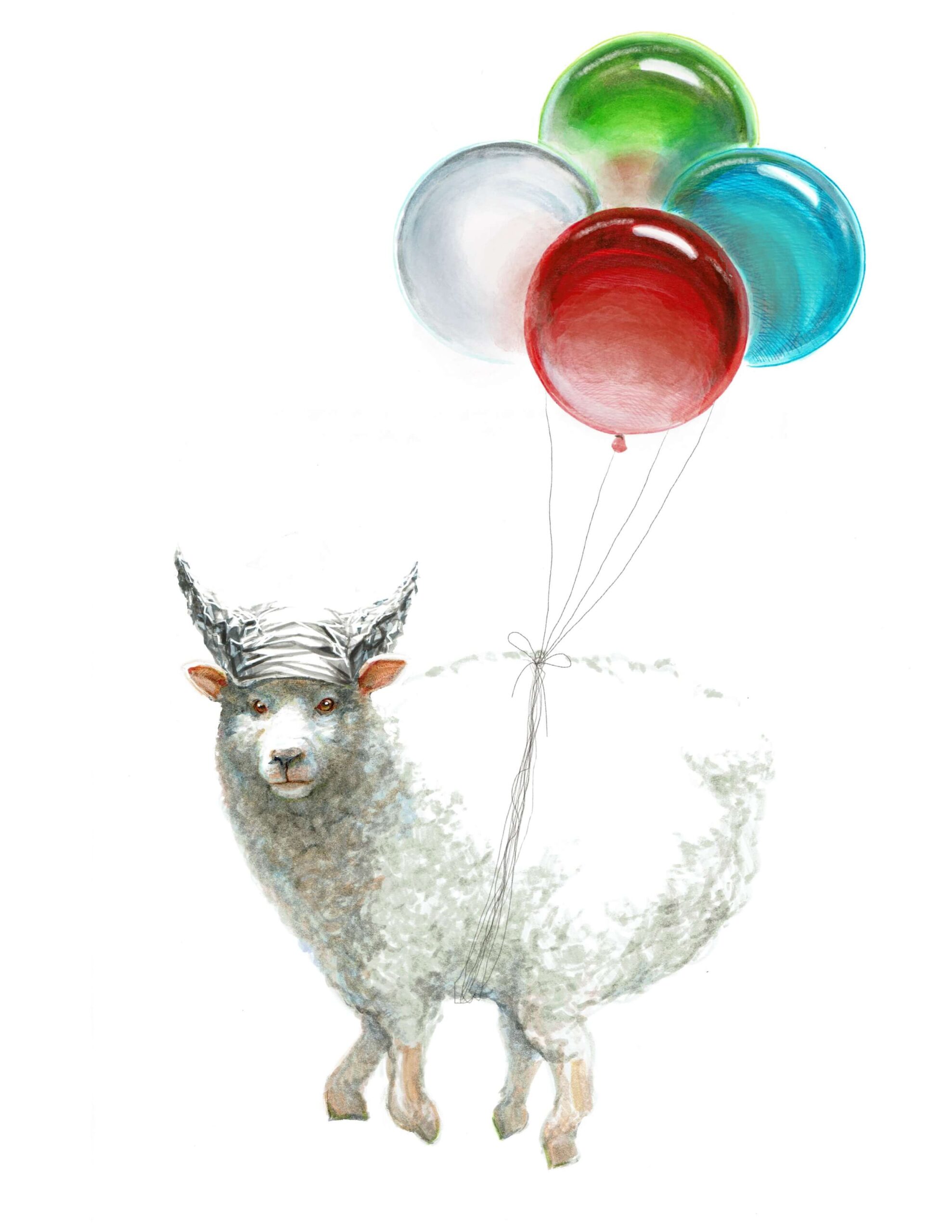I enjoy films that feature cracking dialogue, such as scripts created by Aaron Sorkin or David Mamet. And as a writer, not only does your story benefit from dialogue, but sometimes your stories flat out need it for exposition and characterization.
Films achieve their highest potential when the acting and cinematography combine so well that you can infer everything from what you see and hear. The audience moves from processing the scene (putting the motion and dialogue together into a cohesive meaning) into a captivated observer who is just reacting to what they see.
I call moments like these kinetic and captivating scenes, and here are three of my favorites.
Drive – The Elevator Scene
No doubt this one pops up in a film school lecture or two.
The elevator scene showcases everything dark and delicious about the movie: ultraviolence juxtaposed with tender warmth and infatuation.
So many touches come together to make this scene special, but some of my favorites are:
- After the driver moves her to the corner of the elevator, the lighting immediately dims and warms as one of the best onscreen kisses I can think of unfolds, then lights back up as the violence begins
- The dreamlike quality through the use of time manipulation, with the kiss developing slowly, but the violent defense against her would-be assailant moving quickly
- The shots from behind the driver show his back heaving up and down and the scorpion on his jacket as if it’s writhing. Intentionally or unintentionally, it reminds me of the parable of the scorpion and the frog, where in the end, the scorpion stings simply because it’s a scorpion and it’s what they do
- How the elevator doors sliding shut makes a natural break for the scene, keeping the characters apart rather than either of them trying to explain anything that’s just happened between them
The Last of the Mohicans – The Hill Climb
Spoiler alert —this is the ending sequence. So if you have somehow never watched this adventure film featuring Daniel Day-Lewis, excellent time period recreations, and just masterful filmmaking overall from Michael Mann and crew, I’d recommend skipping the spoiler and just watching the whole thing.
But if you can bear to have that spoiled or have seen it before…wow.
The hill climb features among the most brilliant movie soundtracks I can think of, and the storytelling here is hypnotic.
Among other things:
- There’s very, very little dialogue in this sequence. Still, we feel each moment of the final clash between the heroes and villains of the story through perspective-taking as the camera moves from one portion’s protagonist to the other. For example, after Uncas is defeated by Magua and thrown from the edge of the cliff, we take Alice Munro’s perspective as she contemplates surrendering to the frightening Magua or committing suicide
- The speeding and lowering of the tempo helps keep the tension in the scene. For example, when Uncas is wounded by Magua and pauses to give Alice a long look, both the audience and the character seem to know he is not going to be able to overcome the odds and save her
- With the gorgeous location of Chimney Rock Park and the Hickory Nut Gorge of North Carolina, the open landscape and primal, realistic nature of the combat helps transport the audience back in time
Solemn, romantic, and action-packed, the hill climb is the story’s emotional climax, almost exclusively told without dialogue.
Once Upon a Time in the West – The Bar Scene
The western genre is filled with tension-building close-ups and memorable showdowns, often in the spirit of macho, grizzled gunfighter vs. macho, grizzled gunfighter.
In arguably the greatest western of them all, from a filmmaker (Sergio Leone) who creates kinetic and captivating scenes more often than anyone else I can think of, you can find several examples within Once Upon a Time in the West.
Stripped from the camp or simple morality of a white hat vs. black hat western, Once Upon a Time in the West makes the audience feel the grimy dirt, dust, sweat, and flies that would have been all over your neck and back if you were in the old west. And since Sergio Leone doesn’t do character introductions as simple as “I like your style,” he uses the bar scene to introduce Cheyenne to Harmonica.
Besides Ennio Morricone’s haunting score and the amazing lighting, what’s working here is how the camera/editing narrates Cheyenne’s thought process for us. As he looks over Harmonica, sizing him up, he notices each detail as we, the audience, do – the bloody hole in Harmonica’s jacket, the playful malice in his face, the gun at his rest.
But this scene also reflects on Cheyenne, a man who doesn’t react to a dangerous character like Harmonica with fear but understanding and bemusement.
And without so much as a word, our two heroes (or, in this case, is it anti-heroes?) are introduced.
Check Them Out
Whole careers are built on writing fantastic dialogue. And while I love a great line, for me, film is at its most beautiful when words slip away and the cinematography, editing, acting, lighting, or other elements tell the whole story. In this way, the audience can fall into the movie, no longer processing disparate elements into a cohesive whole and simply reacting to what we see and feel.
See if you can spot and appreciate kinetic and captivating scenes in your favorite movies, or perhaps some of your own already come to mind.
If you enjoyed this post and would like to be notified when our next one is up, you can subscribe to our newsletter below.


Be First to Comment